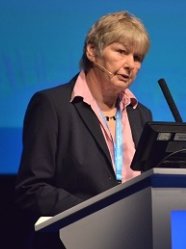BibTex format
@article{Powell:2017:10.1136/bmj.j4859,
author = {Powell, JT and IMPROVE, Trail Investigators},
doi = {10.1136/bmj.j4859},
journal = {British Medical Journal},
title = {Comparative clinical effectiveness and cost-effectiveness of an endovascular strategy versus open repair for ruptured abdomina aortic aneurysm: 3-year results of the IMPROVE randomised trial},
url = {http://dx.doi.org/10.1136/bmj.j4859},
volume = {359},
year = {2017}
}

